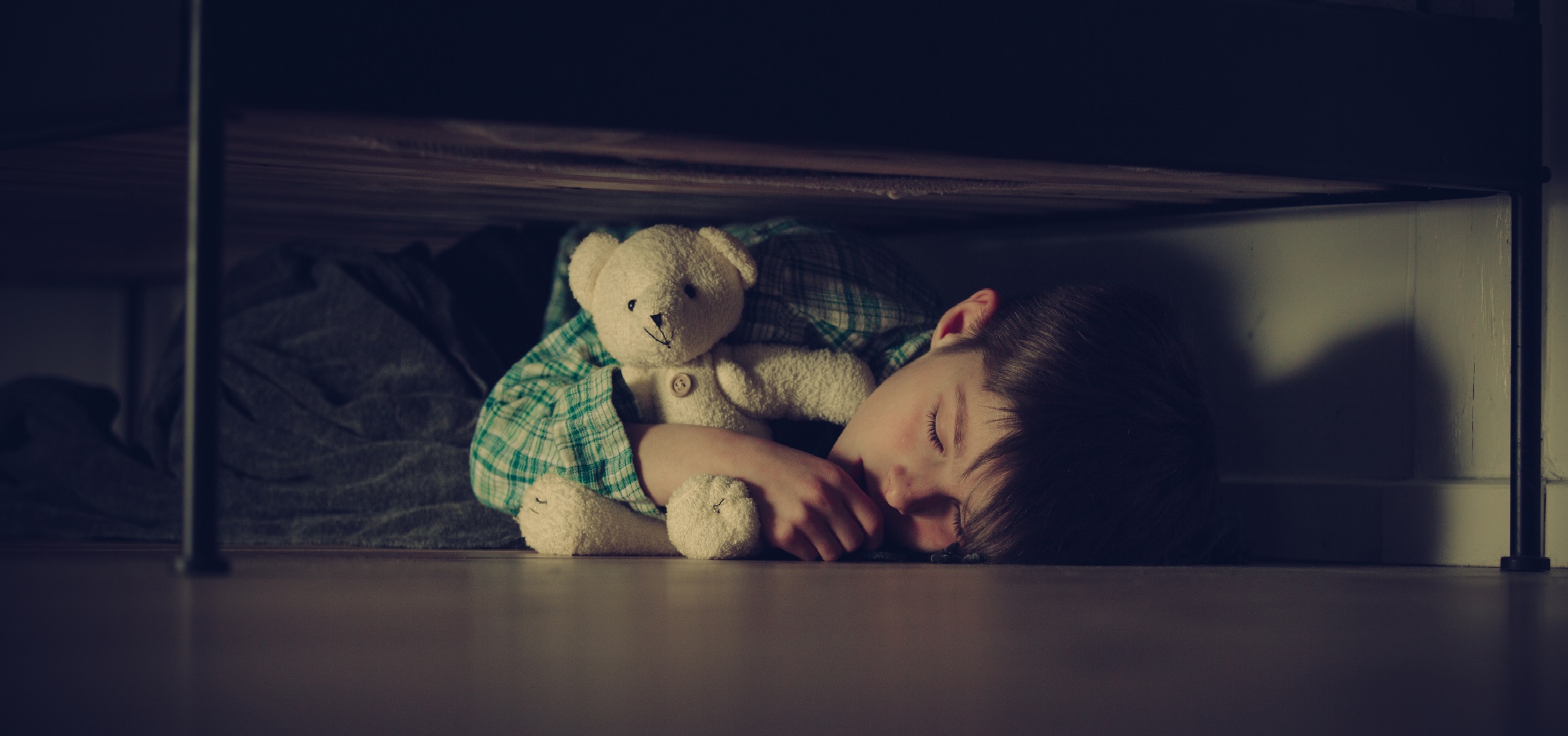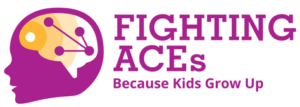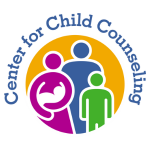
ACEs and trauma are different. Gain an accurate understanding of adversity, ACEs, trauma, and toxic stress to fully understand how best to fight adverse experiences in childhood.
Language, or the words we choose to describe experiences to ourselves and others, is powerful. Words influence the way we think, and how we choose to think about ACEs and trauma influences our actions. So often, we use the term ACEs and the word trauma interchangeably, but they are different. While this educational series is part of our Fighting ACEs campaign and therefore focused on ACEs, we cannot afford to ignore the full range of childhood adversity, including social inequity, and how children can respond to it in many ways.
Before we get into definitions, it’s important to remember some concepts we’ve discussed before. Every child is unique from the genetic level up. The way they react to trauma can and will vary dramatically. Because their brains are still growing, children are vulnerable to situations that can alter their chemistry and hamper normal brain development. But they also have neural plasticity which makes them adaptable and responsive to healing interventions. Two children (even siblings living in the same home…even twins!) might experience the same traumatic event then process and respond to it very differently. There are no rules for how we can expect a child to react or behave after a traumatic event. Of course, expert therapists trained in childhood mental health, like those at the Center for Child Counseling, can make some predictions based on years of experience and work with a child accordingly.
Certain types of childhood adversity are especially likely to cause trauma reactions in children, such as the sudden loss of a family member or witnessing intense domestic violence. Other events, like divorce or separation result in a wider, less predictable range of responses. Some children are deeply traumatized when their parents divorce; some fare well and may even thrive, especially if the divorce removes a negative influence (such as an abusive, alcoholic father) from the picture thus stabilizing the relationship between mother and child.
General Adversity in Childhood
Let’s consider adversity in general. Adversity describes any number of situations or events that threaten healthy development for a child, both physical and psychological. Adversity can include circumstances like abuse, neglect, domestic and community violence, bullying, extreme poverty, and discrimination. Adversity tends to be a condition that exists for an extended period of time; it is not a one-time event. Adversity is a general living condition that is often, or always, present.
Certain groups of children, including minorities, receive a disproportionate dose of adversity because they belong to a group that has been historically disadvantaged and continues to face the challenge of inequity. Science shows that enduring adversity for long periods can affect the developing brains of children, resulting in lifelong physical and mental health issues. However, adversity is only one half of the equation because it seems that even the most harmful experiences can be balanced out, or even negated, if a strong support system is in place.
ACEs Defined
General adversity is not the same thing as ACEs which are a clearly identified set of adverse situations. ACEs (Adverse Childhood Experiences) is an acronym that emerged after a study originally conducted by Kesier Permanaente and the Centers for Disease Control in the 1990s. This study was the first to identify a strong correlation between certain adverse experiences in childhood and poor physical and mental health outcomes (e.g.: heart disease, diabetes, substance abuse, depression, etc.) later in life. The term ACEs describes a more specific set of adverse experiences outlined by the original study and subsequently added to.
The original study placed adverse experiences into seven specific categories based on 10 questions:
- physical, sexual, and emotional abuse
- a mother who was treated violently
- living with someone who was mentally ill in the household
- someone who abused alcohol or drugs in the household
- incarceration of a member of the household
ACEs vs. Trauma
So how do ACEs differ from trauma? Trauma is one possible outcome of prolonged exposure to adversity. We tend to think of a trauma as a sudden, cataclysmic event like a serious car accident or a tornado. While it’s true that those experiences can qualify as ACEs, trauma is also the result of sustained periods of toxic stress over weeks, months, or even years.
The original ACE questionnaire was not definitive. More recent, expanded studies have added questions about peer victimization (bullying, etc.), serious physical illness in the household, especially where the child might become a caregiver, and one-off traumatic events with long-term consequences (a car accident, for example). No survey can cover the full scope of what might be an adverse experience for a child, not only because the variables are endless but also because not every child sees or responds to the same experience as an adverse one. Adversity and ACEs are, to some extent, in the eye of the beholder. What is traumatic is very much about perception. This perception is often unconscious or automatic rather than a considered reaction.
In simple terms, not every child who experiences a traumatic event is traumatized by it.
When a child experiences an adverse situation, let’s use a school shooting as a sad example, in the moment they will feel the associated emotions (terror, panic, helplessness) and the physiological responses (rapid heartbeat, adrenaline surge) as well as the after-effects which may manifest themselves immediately or much later. These manifestations may last far beyond the event itself and can include responses like bedwetting, nightmares, and stomach aches.
The same is true of the intensity of the experience. A child who witnessed the shooting and saw friends harmed or killed versus a child who was in the school during the event and experienced the panic but did not necessarily witness anything, might behave differently. The services they will need will likely differ, too, but again this depends on genetic vulnerabilities, prior experiences that have damaged the stress response system, or the presence of limited healthy gene expression (learn more about gene expression in our post about epigenetics).
PTSD and Toxic Stress
While the event is the same, two aspects may be very different: the physical experiences of the event and the individual’s response to it which can be based on nature (genetic resilience), nurture (coping skills that have been learned) and the support they have received in their lives thus far as well as the support they receive after the event i.e.: the immediate presence of crisis-trained buffers as well as the support of long-term buffers. Of course, one child who experienced the shooting may recover quickly without significant distress, whereas another may develop Post-Traumatic Stress Disorder (PTSD) and benefit from professional help and services – crucially, those provided by a trauma-informed team of caregivers. Swift intervention can certainly help children express and deal with the aftermath of an intense traumatic event, mitigating or buffering against that stress and preventing it from harming their development or well-being.
If trauma is unaddressed and prolonged, it can result in toxic stress which we’ve discussed at length in an earlier post in this series. It is really the effects of toxic stress on the body that can result in lifelong negative outcomes. Toxic stress wears down the body’s natural response systems over time and is the real villain in the story of ACEs, building up insidiously and causing countless potential future ills for the individual and for society.
Knowing Better = Doing Better
As our understanding of adversity, trauma, and ACEs grows, and as awareness grows among sectors who work with children and the general public grows, too, opportunities to intervene will reveal themselves. Some opportunities are already self-evident, however. Knowing that adverse community environments breed ACEs, we can focus on children living in these conditions who are most likely to need therapeutic intervention. We can provide preventative and early intervention services to support these children and avoid retraumatizing them. Sound knowledge can also help us avoid over-diagnosing or over-medicating children who are responding well to their circumstances or demonstrating the resilience that is the antidote to toxic stress
Let’s be specific in our language and avoid jargon and catchphrases which don’t accurately describe the situation. Labels can be vague and dangerous. The more specific we can be with our words and their meanings, while understanding the differences and uniqueness of each individual, the more effective we will be as buffers and healers for our children.

Sign up now for news, events, and education about Adverse Childhood Experiences (ACEs) and promoting resilience.
By submitting this form, you are consenting to receive emails from: Center for Child Counseling, 8895 N. Military Trail, Palm Beach Gardens, FL, 33410. You can revoke your consent to receive emails at any time by using the SafeUnsubscribe® link, found at the bottom of every email.
